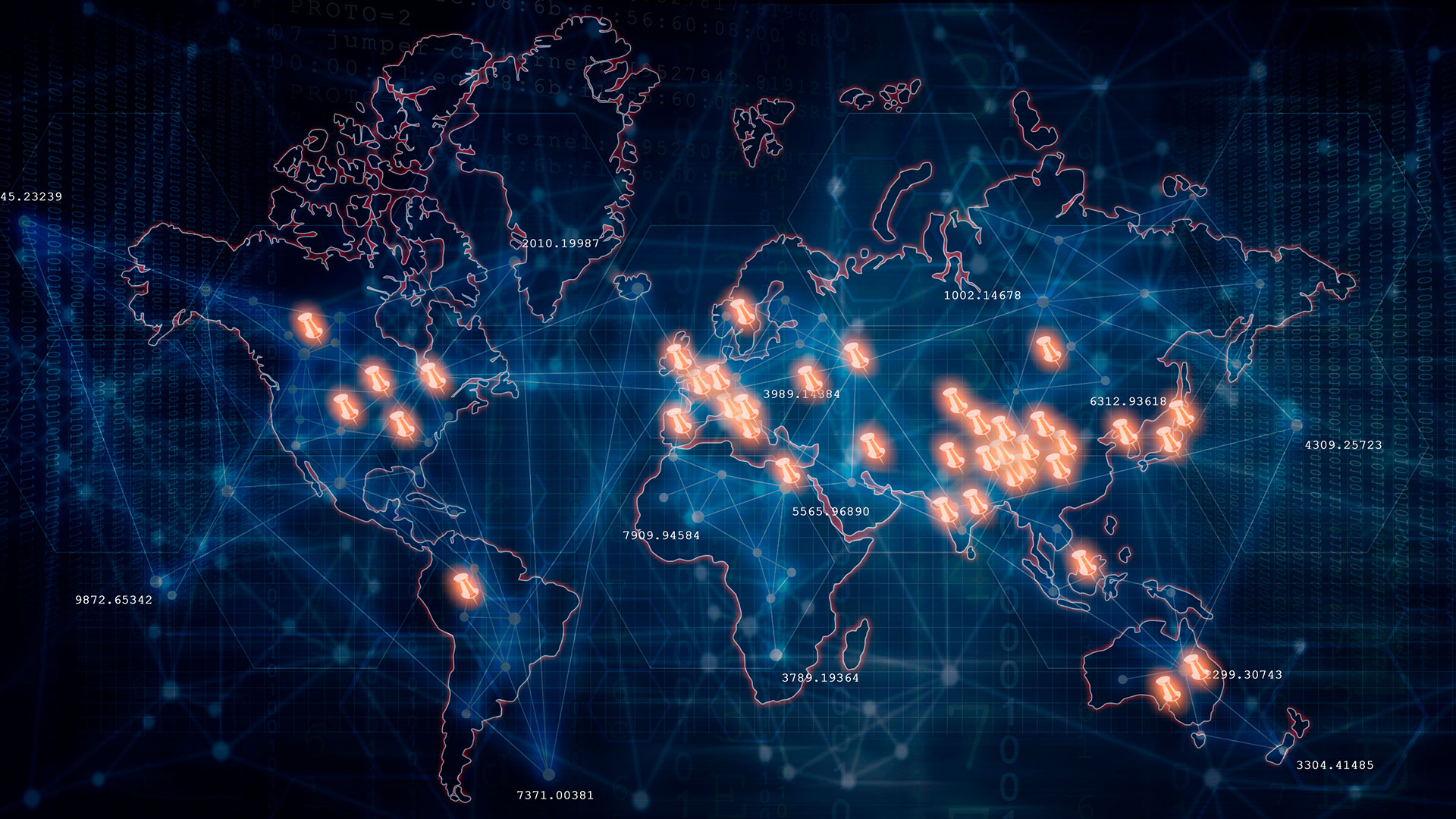This post has already been read 9614 times!
COVID disrupted global supply chains and has forced us to understand the real nature of supply chains.
During the next few weeks companies will be working to understand their exposure to potential supply chain disruption, their options, and any short-term actions that can be taken to avoid customer disruption.

The Coronavirus Reveals How Connected Global Supply Chains Really Are
While the forcing function is a terrible situation given its potential impact on human life, it is driving companies to fully understand all the connections and dependent variables across their supply networks. Prior to the current supply chain disruption by the Coronavirus (Covid-19) there was embedded inertia across most industries where folks were willing to live with a little extra inventory, capacity, expediting, etc. rather than having to understand the nature of their supply network and the inherent risks at all tiers and echelons.
Resilience needs to be permanently architected into the supply network topology so that collaborative networks can react as a team when disruption occurs. -Joe Bellini @onenetwork Click To TweetToday there is a concerted effort across all fronts to understand the network in terms of inventory buffers, supply origin, alternate supply, transportation options, lead times, collaboration, and production prioritization, along with the ability to reflect these realities into the S&OP and S&OE processes.
Architecting Supply Chains for Resilience
While it was a reaction to a terrible crisis which is driving many companies to truly understand their supply networks, this understanding needs to be codified moving forward so that supply disruption is dampened as best we can today while also meeting consumer needs across all industries with safe and reliable products. Resilience needs to be permanently architected into the supply network topology, so that collaborative networks can react as a team when disruptions occur, especially those that impact human life.
Recommended: Building Agility and Resilience in Healthcare & Pharmaceutical Supply Chains
Everyone wants to make a positive contribution across the network understanding that the network overall is only effective if it delivers the right product to the right person at the right time. Given that different folks have different roles to play in the network, it is imperative that they are able to onboard quickly onto the network with the correct role, workflow, and permissions based on their trade interaction with other members of the network. In this way they help ensure a collaborative network effect which can harness all the potential benefits from the inertia which has been recently removed and optimize all assets for the benefit and safety of the end consumer.
Digitization of the Supply Chain Provides New Tools
Luckily today we have a depth of technology which can be leveraged to enable this codification or in other words digitization of the supply network. Now that we have removed the inertia and can reset the table, let’s take advantage of quantum computing, network architectures, artificial intelligence, telematics, and the internet of things to really effect some change so that we are more resilient when the next disruption occurs.
Related: Video: 8 Keys to Achieving Success with AI in the Supply Chain
Scenario planning is a key strength of these new technologies. Once a continuous and incremental real time planning and execution workflow is configured across the network, companies will be resilient in their product availability along with being able to use those same workflows in a sandbox environment to investigate future disruptive scenarios and their ability to react quickly to any issues.
There are no safe ports in this particular storm. While certain industries like consumer products and electronics may be projected to recover quickly, the fact that the global logistics industry is being hit with enormous disruptive impacts will affect all sectors, especially when you consider these disruptions are growing and expanding on a daily basis.
We analyzed all potential global impacts and have incorporated those variables into our #AI and #ML algorithms. This helps our customers quickly identify and resolve current and potential problems across their supply networks. -Joe Bellini @onenetwork Click To TweetWe at One Network reacted quickly to the virus outbreak by analyzing all potential disruption on a global basis, incorporating those variables into our AI and Machine Learning algorithms, and enabling our customers to quickly identify and resolve both current and potential problems across their supply networks. These include networks that deliver over 30% of the food in the US, networks that contain hundreds of hospitals and the related supply logistics for vaccines and medicines, networks that provide essential products to our armed services on a global basis, and networks that deliver and support the parts infrastructure to keep our cars, trucks, and emergency vehicles rolling across the country.
Recommended: Supply Chain Networks Revealed (ChainLink Research)
Recommended Posts
- What is a Digital Supply Chain Network?
- Infographic: 6 Requirements for Transforming Supply Chains with Artificial Intelligence
- Generative AI: Force Multiplier for Autonomous Supply Chain Management
- How AI Will Transform Project Delivery in Advanced Manufacturing
- How Autonomous Vehicles Will Transform Last-Mile Delivery
- 8 Actionable Supply Chain Trends for 2023 - January 19, 2023
- Constraint-Based Supply Planning & Execution - November 21, 2022
- Supply Chain Planning Control Tower - September 29, 2022

